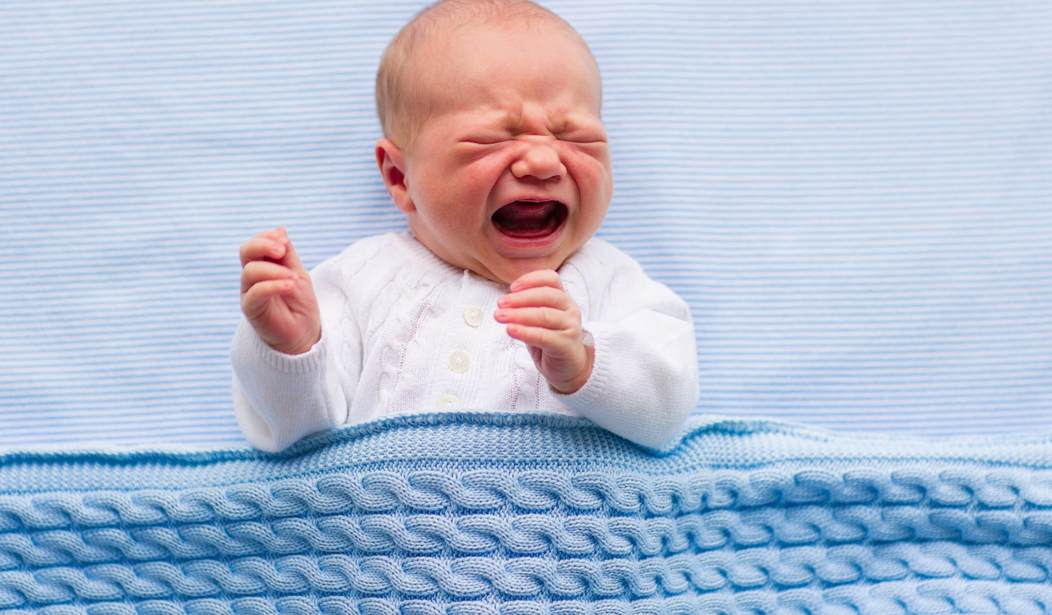New parents everywhere usually learn the hard way just how much babies cry. It can seem incessant during those first few weeks of life. But just how much crying is “normal”? All babies cry a lot, but is there a way to determine if a baby is crying too much? Researchers in the UK have conducted a study with results that can begin to answer that very question for parents.
After analyzing the crying of 8,700 infants in Canada, Denmark, Germany, Italy, Japan and the UK, scientists have begun to establish a “normal” range of cry patterns over the first 12 weeks of a baby’s life. Not surprisingly, babies cry more or less at different points over the first three months. In the first two weeks, they cry, on average, about two hours per day. At six weeks old, their crying peaks at two hours and 15 minutes. And by 12 weeks, the babies in the study were crying an average of an hour per day.
But with every average, there are extremes. It turns out that Canadian babies cried an average of 30 minutes more than newborns from the other countries studied (U.S. babies were not included in this study). The factor that made our neighbors to the North the biggest crybabies of all was colic.
CBC News explains:
Part of the reason for that is the “colic percentage” — that is, when a baby cries for more than three hours a day, for more than three days a week. Canadian babies had some of the highest levels (peaking at three to four weeks at 34.1 per cent of infants), followed by the U.K. (peaking at one to two weeks at 28 per cent) and Italy (peaking at eight to nine weeks at 20.9 per cent).
As for the countries with the lowest levels of crying, Germany, Japan and Denmark did very well, with Denmark having the fewest crybabies of anywhere else studied.
“In Denmark, it seems to be they’re more relaxed about it,” [psychology professor Dieter] Wolke, lead author of the study, said. “They might have a little bit more support because of maternity and paternity laws … the father in the first few weeks can stay at home, too.” It’s worth noting that Denmark regularly falls at or near the top of the “best countries to live in” lists. Wolke speculates that this may foster a population that feels good about itself, and those emotions can transfer to the baby.
“Babies are already very different in how much they cry in the first weeks of life,” the researchers said. “There are large but normal variations. We may learn more from looking at cultures where there is less crying and whether this may be due to parenting or other factors relating to pregnancy experiences or genetics.”
By developing “normal” ranges of crying, researchers hope to provide a helpful context for parents.
“The new chart of normal fuss/cry amounts in babies across industrialized countries will help health professionals to reassure parents whether a baby is crying within the normal, expected range in the first three months or shows excessive crying, which may require further evaluation and extra support for the parents,” the researchers said.
Anyone who has had a newborn is aware of how draining and frustrating listening to all of that crying can be. But with studies such as this one, hopefully, new parents can begin to worry less and focus more on the light at the end of the tunnel.









Join the conversation as a VIP Member